Texas has diverse climatic zones, from arid deserts to lush woodlands, which makes it uniquely suited for a plethora of plants. May marks a wonderful transition into warmer months, providing ample temperature and sunlight for seedlings and seeds to thrive. Below we’ll explore specific vegetable, flower, and landscape plant varieties that do well in the Texas environment.
Vegetables To Plant
Tomatoes
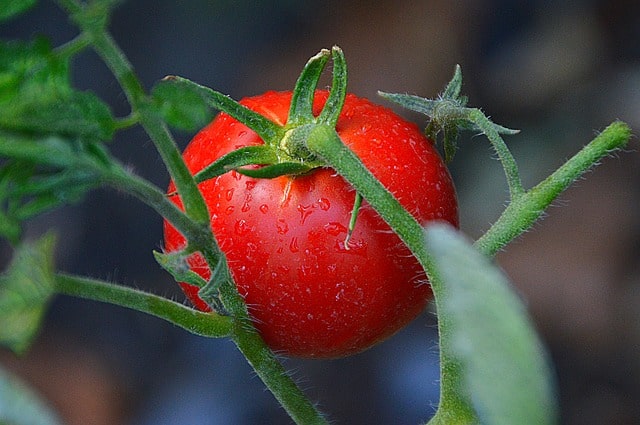
Tomatoes are perhaps the most celebrated garden crop in Texas due to their versatility and flavor. May temperatures are perfect for establishing new plants, especially if you choose heat-tolerant varieties. It’s essential to start with healthy transplants from a local nursery or garden center for the fastest results. Select a location with at least 6-8 hours of sunlight daily and ensure your soil is well-draining and rich in organic matter.
Care Tips: Tomatoes appreciate consistent watering to avoid stress—this means keeping soil evenly moist but not soggy. Mulching around the base helps retain moisture and can mitigate soil temperature fluctuations. Regularly check for pests like aphids and caterpillars, and if disease strikes, use crop rotation strategies to minimize future threats.
Peppers

Peppers boast a range of flavors from sweet bell varieties to hot jalapeños, all thriving in the warm, sunny Texan climate. When planting in May, ensure that nighttime temperatures consistently stay above 60°F, as this is when peppers truly begin to flourish. Strongly rooted pepper plants benefit from well-draining and nutrient-rich soil, making compost an essential ingredient.
Care Tips: Daily watering is important, particularly as the temperature climbs. Fertilizing during growth spurts helps to promote fruit development. Use a balanced fertilizer high in phosphorus, as this will encourage blooming. Always check the heat tolerance of your chosen variety—the higher the temperature, the spicier the pepper may become!
Cucumbers
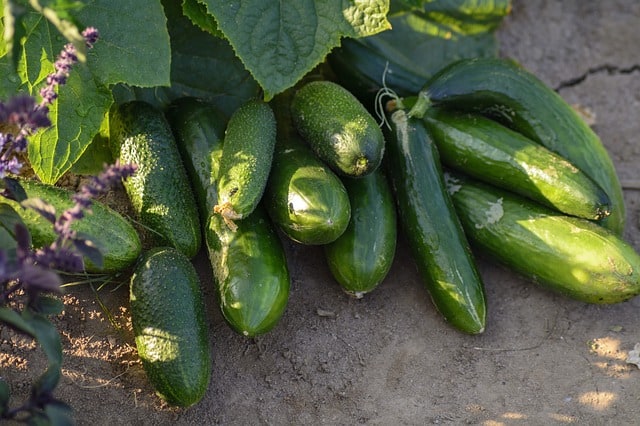
Cucumbers are efficient growers that can establish quickly. They thrive when sown directly into the ground in May, requiring soil temperatures above 65°F for optimal germination. For best results, space seeds or transplants adequately, allowing for air circulation in the hot Texas sun.
Care Tips: Cucumbers need plenty of water, especially while they are fruiting. Installing trellises supports vines and maximizes garden space, in addition to improving air circulation and reducing the risk of disease. Pay close attention to any signs of powdery mildew, a common issue in humid conditions.
Squash
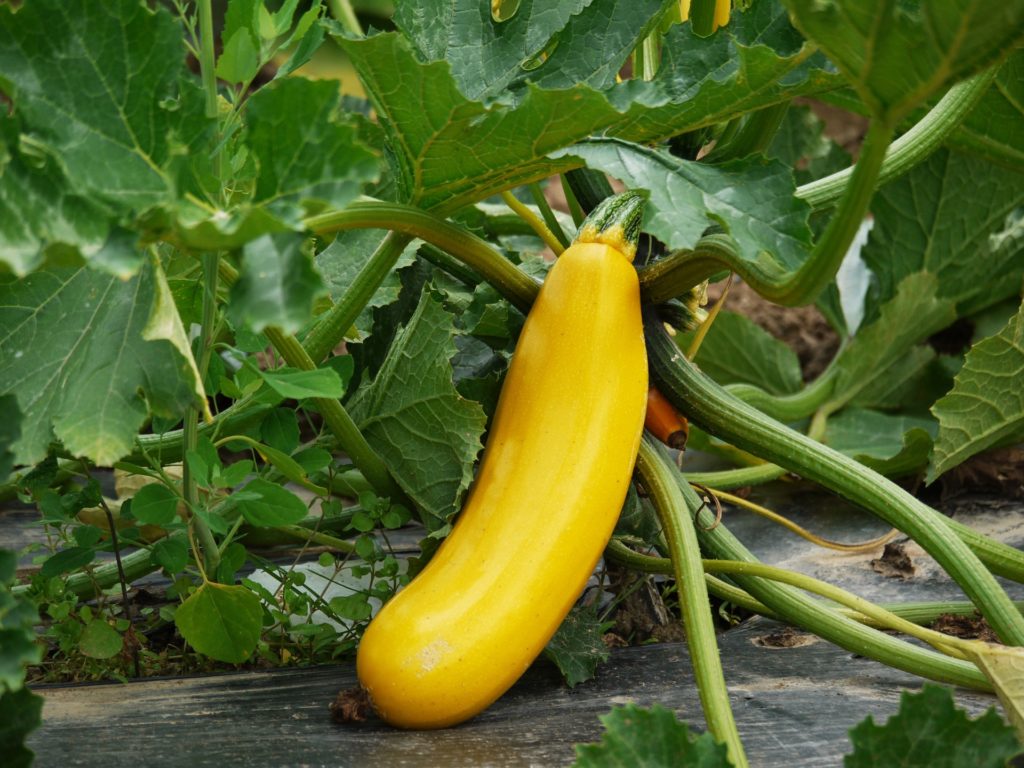
Squash is a warm-season crop that establishes itself rapidly during May. When planting, aim for a sunny spot with fertile, well-draining soil. Popular varieties like ‘Yellow Crookneck’ and ‘Zucchini’ succeed exceptionally well in Texan gardens.
Care Tips: These plants are particularly sensitive to water stress, so regular, deep watering is necessary. If powdery mildew occurs, plant resistant varieties or ensure proper air circulation by spacing plants adequately. Consider interplanting with corn or beans to create a natural companion planting system.
Green Beans

Green beans, whether bush or pole varieties, thrive in Texas heat. Soaking seeds overnight before planting can help with germination. Ensure that the soil temperature is around 70°F or above for best results.
Care Tips: Beans need ample water during flowering and pod-filling stages. Regular harvesting encourages continued production. Beware of pests like aphids or spider mites—regular checks can help catch infestations before they take hold.
Okra
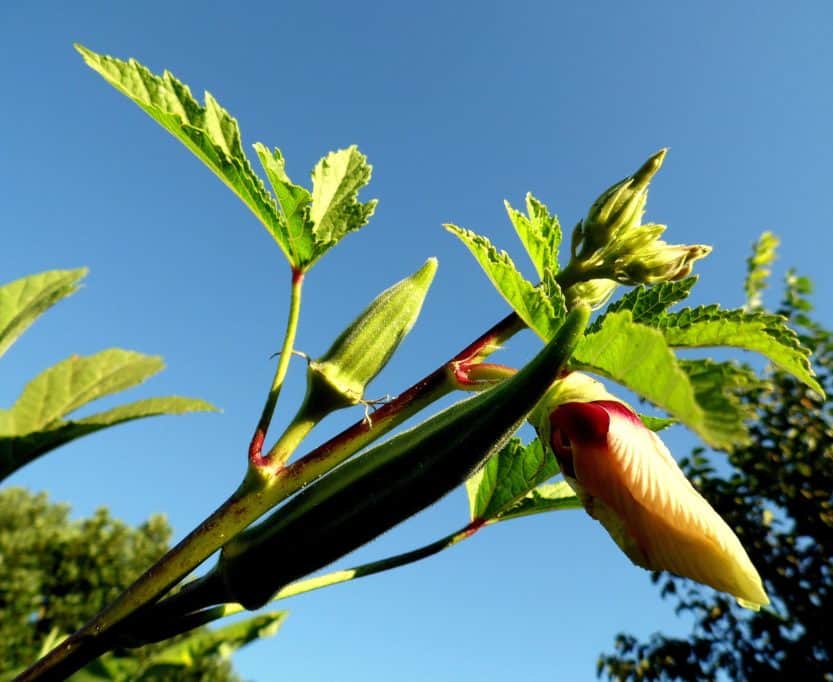
Sort location and varieties carefully, as okra loves the full summer sun and is best suited to sandy or loamy soils. Varieties like ‘Clemson Spineless’ or ‘Lady’s Finger’ flourish in the Texan heat, especially when planted in mid to late May.
Care Tips: Okra can withstand drought conditions once established, but regular watering in the early stages promotes stronger plants. Nights must be warm; if you pumpkin shady crops, note that this will stress okra, reducing yields.
Corn
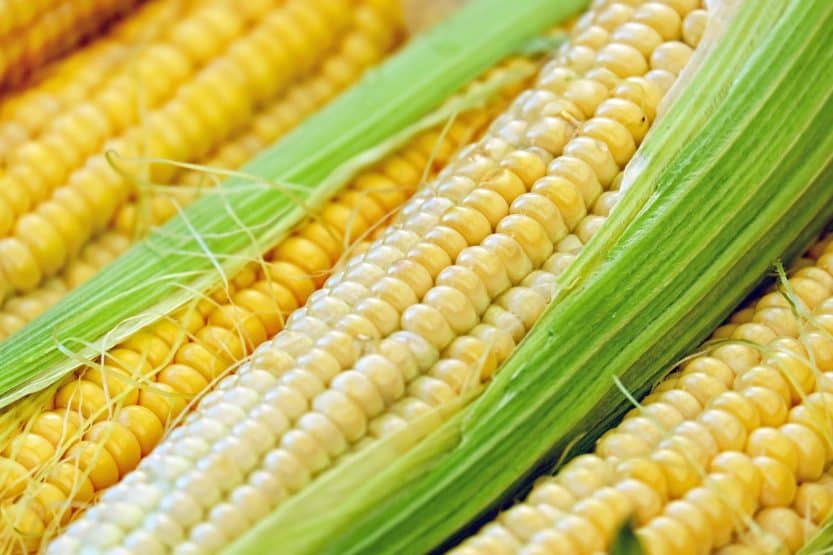
To cultivate corn, ensure your planting area has full sun and rich soil. Sowing seeds in groups or blocks favors wind pollination. Varieties such as ‘Silver Queen’ are popular in Texas and can be sown from mid to late May.
Care Tips: Regular watering is crucial, especially during tasseling. Corn may require space for air to circulate; thin plants if necessary. Be cautious of pests like corn earworms, and consider companion planting with beans or squash to deter them.
Carrots
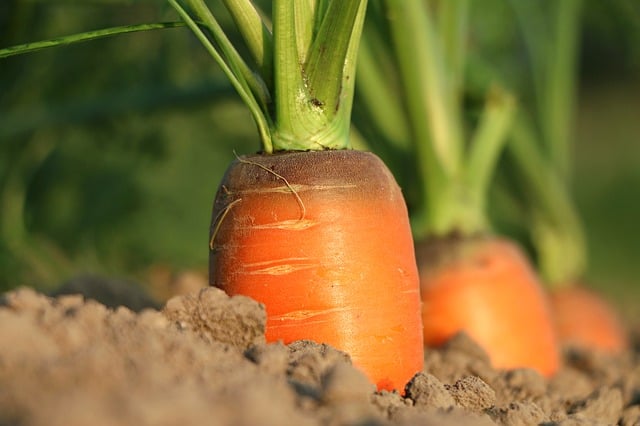
May is a great time to plant carrots, as they prefer cooler soil conditions but will thrive as temperatures begin to stabilize. Choose well-drained, loose soil to allow the roots to form properly.
Care Tips: Consistent moisture is vital, especially during germination. Do not overcrowd seed as they sprout—a light thinning process is needed to ensure they grow healthy. Keep weeds at bay to reduce competition for nutrients.
Beets
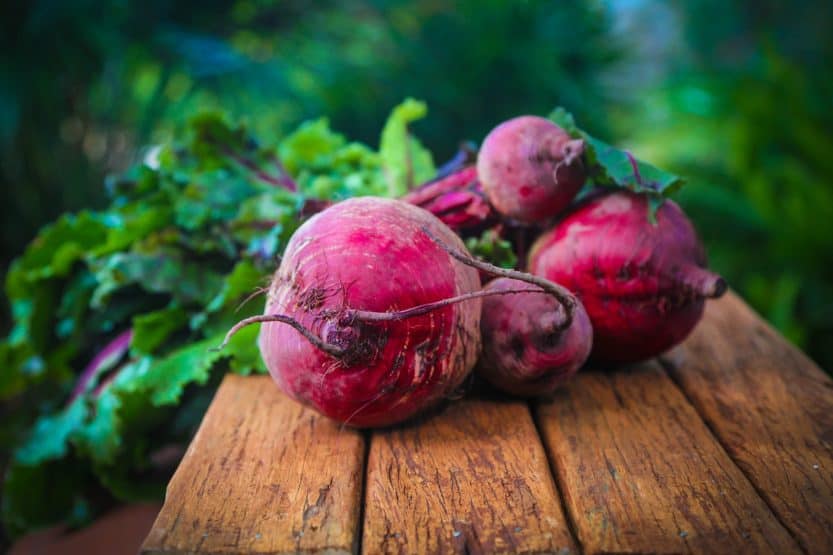
Beets grow best in rich, well-draining soil, which encourages rapid growth—commonly sown in rows or blocks. May is ideal for the final sowing in regions where the frost has passed. Make sure to keep soil moist for developing roots.
Care Tips: Regular watering during dry spells encourages healthy growth. Beets can handle a bit of heat but may become woody if the temperature spikes. They also benefit from nitrogen-rich fertilizer to enhance root development.
Radishes
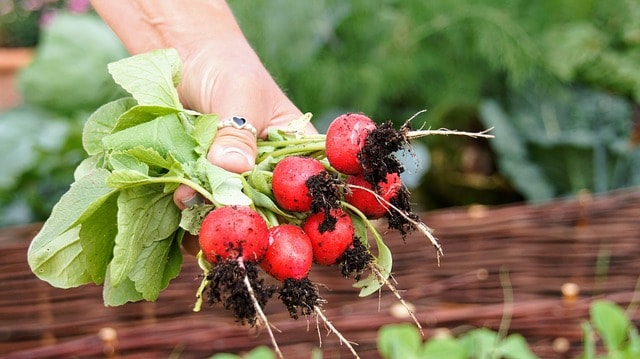
Radishes can be sown in clusters or rows as they germinate quickly. Providing rich soil helps encourage a fast-growing crop, making them perfect for beginner gardeners. May is suitable for both spring and fall crops in many parts of Texas.
Care Tips: Radishes require consistent moisture and benefit from shading during extreme heat, as this prevents them from becoming too hot and bolting. Rotating planting areas helps maintain soil nutrients.
Flowers To Plant
Zinnias
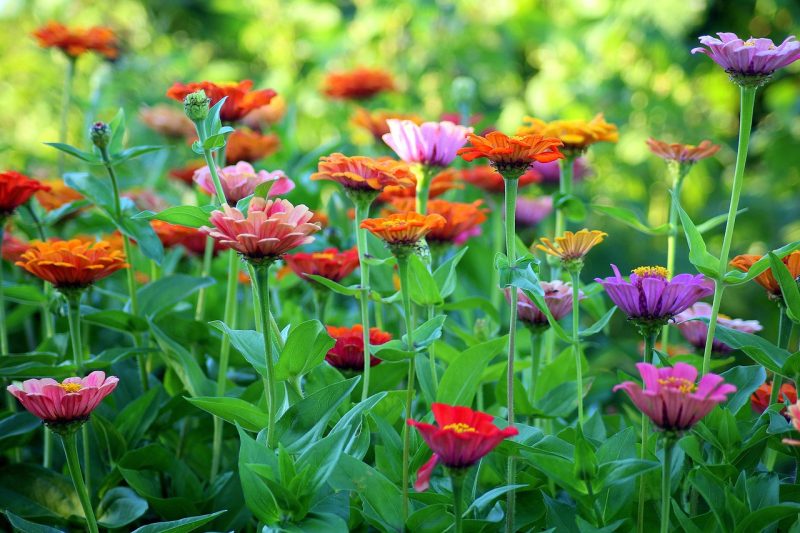
Zinnias are decorative and sturdy flowers that bloom in many colors. They prefer hot weather, making them an excellent choice for May planting. Grow in a sunny spot with well-draining soil for maximum blooms.
Care Tips: Regular watering is essential, especially during dry spells. Pinching back young plants encourages bushier growth and more flowers. Keep an eye out for powdery mildew and consider planting Zinnia varieties with disease resistance.
Marigolds
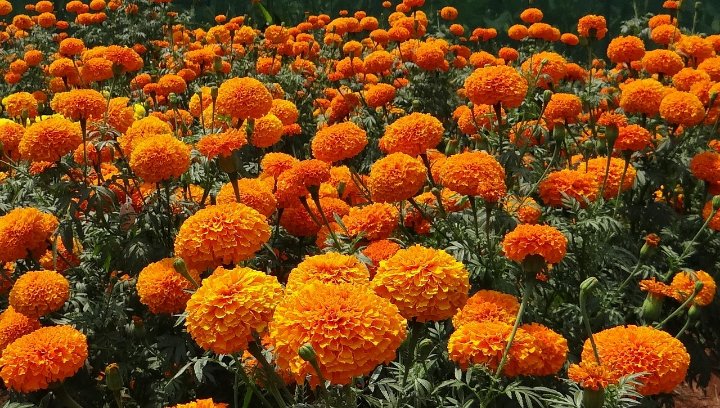
Marigolds provide bright colors and serve as natural pest deterrents, creating a healthier garden ecosystem. Use well-drained soil and provide full sunlight, as these flowers thrive in warm conditions.
Care Tips: Deadheading spent flowers to promote continuous blooming is vital. Water uniformly without soaking foliage to reduce fungal issues. Marigolds are generally tough but periodically check for aphids or nematodes.
Sunflowers
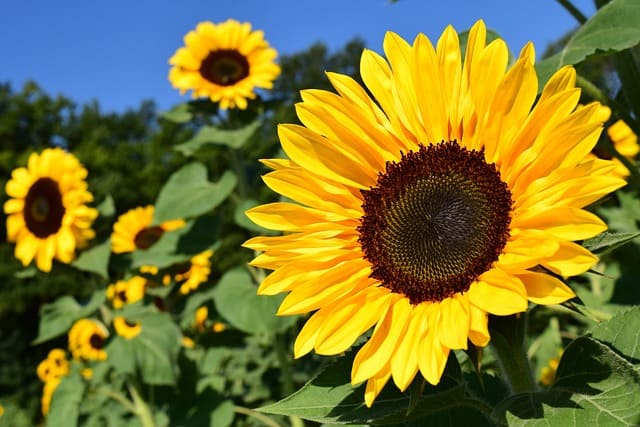
Sunflowers add joyful height and color to your garden. Planting seeds in May takes advantage of the warmth for vigorous growth. Choose a sunny location with well-drained soil for the best results.
Care Tips: Sunflowers benefit from staking if they grow tall and slender. Regular watering is essential until the plants are established. These plants are generally easy to grow, but monitor for birds nibbling at seeds.
Petunias

Petunias prefer well-drained soils and full sunlight for flourishing blooms. They should be planted in late May when temperatures rise to support their growth.
Care Tips: Pinch back old blooms to encourage new growth and prevent unattractive seed formation. Regular watering is necessary to keep soil damp; avoid saturating the roots. Protect from high winds, as they can easily be damaged.
Cosmos
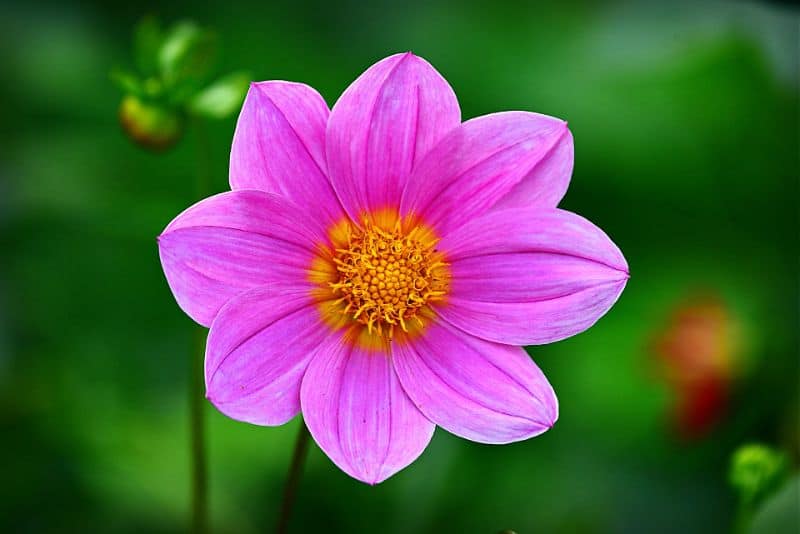
Cosmos are perfect for late spring planting and are known for their resilience and easy care. Plant them in a sunny spot, with well-drained soil being crucial for preventing root rot.
Care Tips: Regular deadheading encourages blooming and produces a thriving garden appearance. Cosmos can withstand heat but require watering during periods of drought for optimal blooming.
Black-eyed Susans
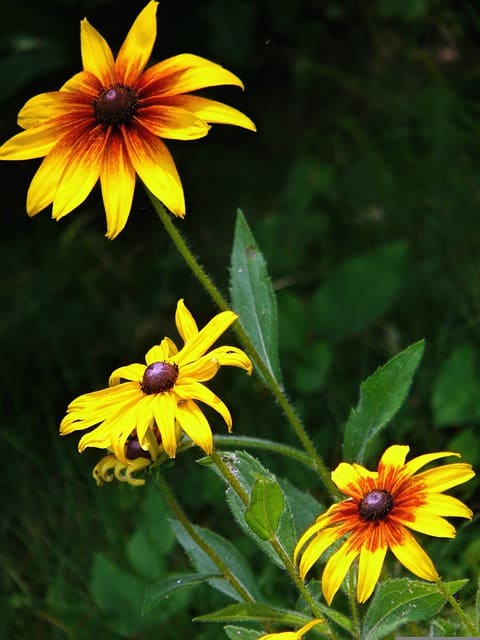
Black-eyed Susans are native, vibrant blooms that thrive in sunny spots and well-drained soils. May is the time to plant seeds or young plants for a strong, resilient bloom by summer.
Care Tips: Drought-resistant once established, these plants benefit from regular watering in the establishment stage. Deadheading promotes continued blooming, while mulching helps moisture retention.
Evening Primrose
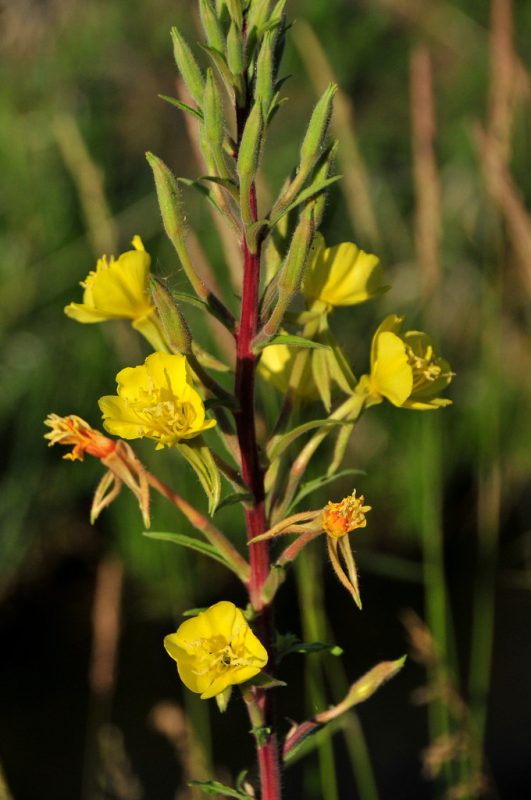
Evening primrose flourishes in dry, well-drained soils, thriving in both sun and partial shade. Planting in May allows you to benefit from their unique blooms that open in the evening.
Care Tips: Avoid overwatering; evening primrose is drought-tolerant once established. Feel free to allow them to reseed for a natural garden look, and monitor for pests such as spider mites.
Salvia
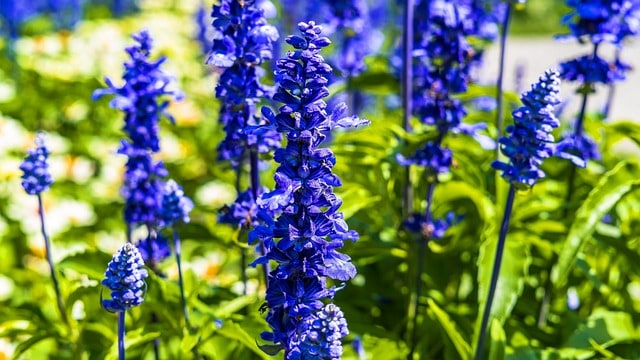
Salvia flowers bloom profusely in warm weather and are ideal for planting in May. They prefer full sun and well-drained soil, providing a long-lasting show of color.
Care Tips: Salvia usually does well in dry conditions but benefits from regular watering in the early stages. Pruning encourages branching and increases flower production, and checking regularly for aphids can keep them healthy.
Petchoa
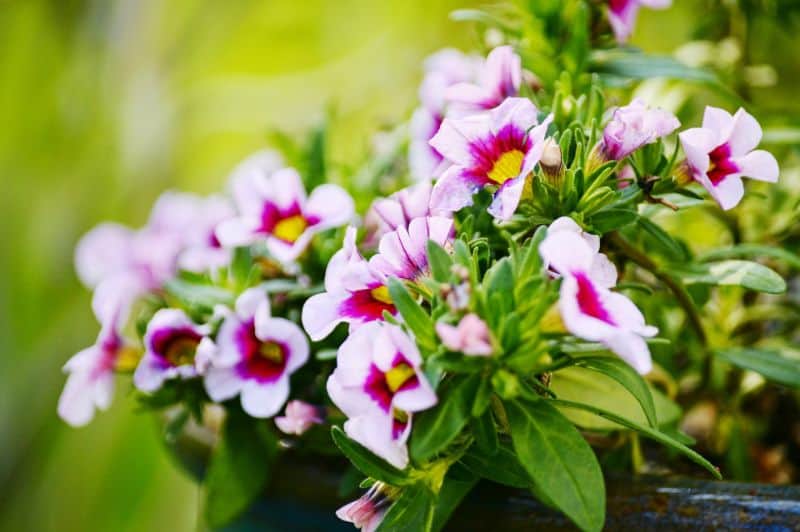
Petchoa combines petunias and calibrachoa, offering resilience and stunning blooms. Plant them in May to take advantage of warm soil and sunlight.
Care Tips: Petchoa requires consistent watering to thrive. Implementing a low-nitrogen fertilizer encourages blooming. Monitor for root rot; ensure proper drainage and avoid overhead watering.
Perennial Flowers To Plant
Coneflower

Echinacea is well-loved for its hardiness and beauty. Planting in May allows for blooming later in the summer. They thrive in various soil types, provided the area is well-drained and sunny.
Care Tips: Pruning dead blooms can prolong flowering. Coneflowers are drought-tolerant but do benefit from regular watering during dry spells. They attract pollinators, so avoid using pesticides that may harm beneficial insects.
Daylilies
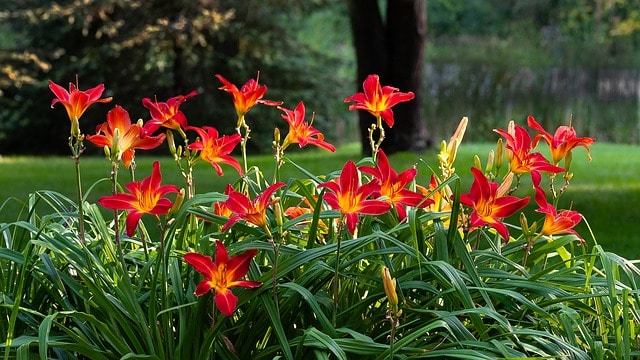
Daylilies are a resilient option for Texan landscapes. Planting in May allows for blooms throughout the summer months, and they thrive in well-drained soils with plenty of sun.
Care Tips: Daylilies require minimal maintenance, but regular watering will help deliver vibrant blooms. Consider dividing plants every 3-5 years to maintain vigor and encourage new growth.
Lavender
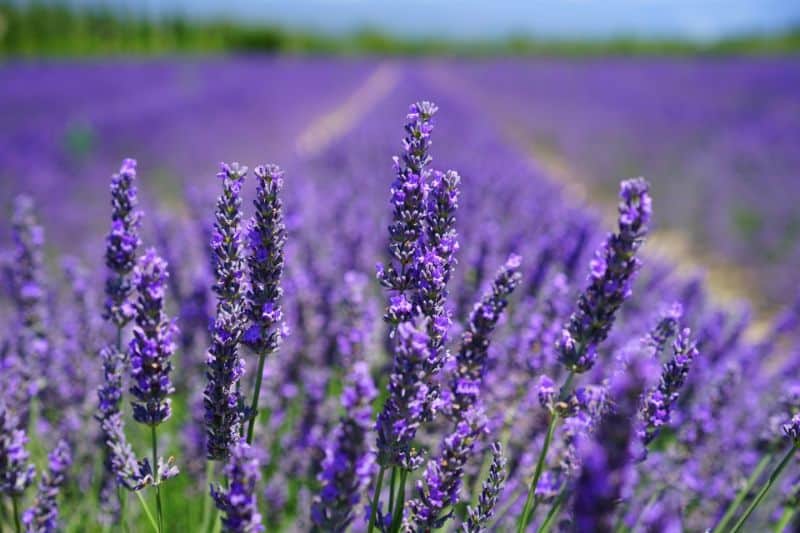
Planting lavender in May takes advantage of the warm weather it craves. Ideally, it should be sown in sandy, well-drained soil with full sun exposure, ensuring good air circulation for the plants.
Care Tips: Regular watering established plants is essential, but avoid overwatering as it prefers dry conditions. Pruning before winter helps maintain shape and encourages growth.
Black-eyed Susan

Previously mentioned, black-eyed Susans can flourish as a perennial. Planting in May provides beautiful blooms that thrive in sunny conditions.
Care Tips: Fertilizing in the spring can encourage blooms. They do better with some drought resistance—once established, they require little maintenance.
Coreopsis

Coreopsis grows well in full sun, adding bright yellow and orange blooms to the garden. Plant in May for vibrant colors late into the summer.
Care Tips: Regular deadheading encourages blooms and keeps the plant tidy. Coreopsis adapts well to various soil conditions and, like many perennials, prefers moderate watering.
Sedum
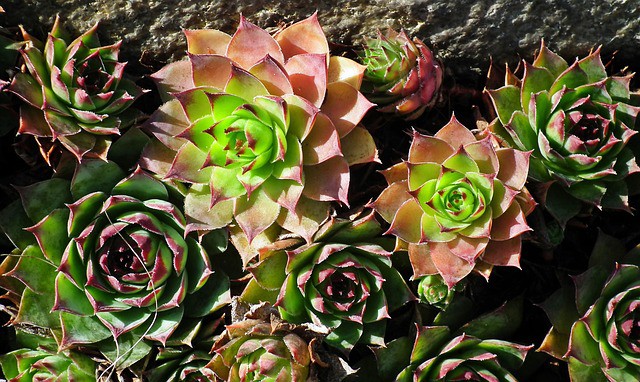
Sedum thrives in poor, dry soils, making it perfect for areas with little water. Plant it in full sun during May for robust growth and attractive foliage.
Care Tips: Sedum is drought-tolerant but benefits from occasional watering during extended dry spells. Spacing plants adequately improves air circulation and prevents disease.
Gaillardia
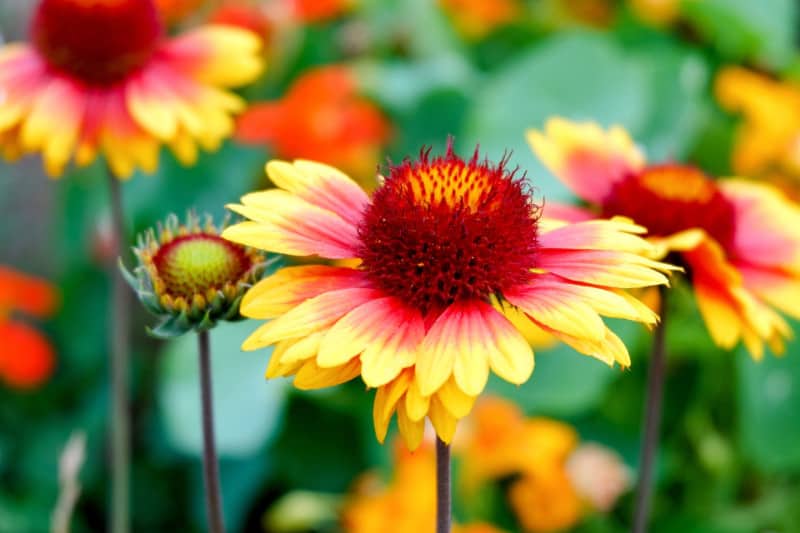
Also called blanket flowers, Gaillardia loves the heat and can bloom beautifully throughout summer. They thrive in well-draining soil with full sun exposure.
Care Tips: Regular deadheading extends blooming. They require minimal water once established but will benefit from irrigation during dry spells. Protect from extreme winter conditions by mulching.
Yarrow
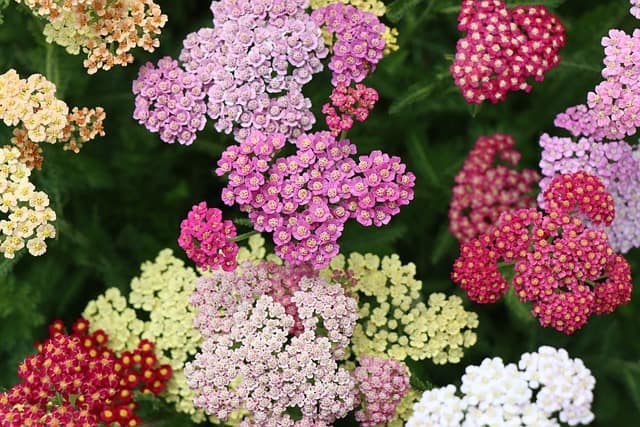
Yarrow can tolerate drought and is easy to grow. Planting in May allows for blooms later in the summer. They thrive in a range of soil types but prefer dry conditions with full sun.
Care Tips: Regular watering is needed when establishing plants. Older plants can be divided to maintain health and vigor, and monitoring for aphids can keep them thriving without pressure.
Catmint
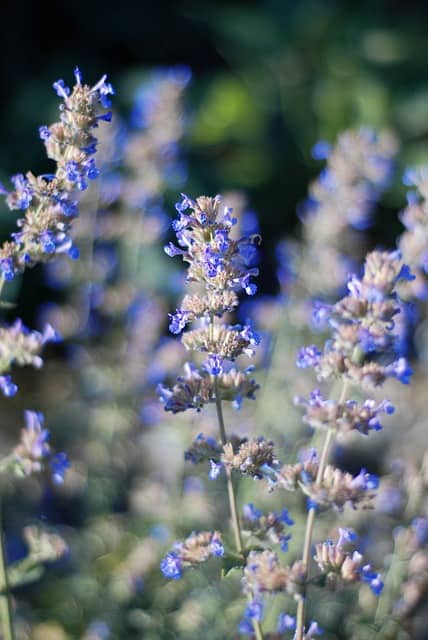
Catmint flourishes in sunny areas and well-drained soil. May planting promotes summer blooms, attracting bees and butterflies.
Care Tips: Regular watering benefits established plants but minimizes irrigation once they mature. Pruning back after blooming promotes denser growth next season.
Russian Sage
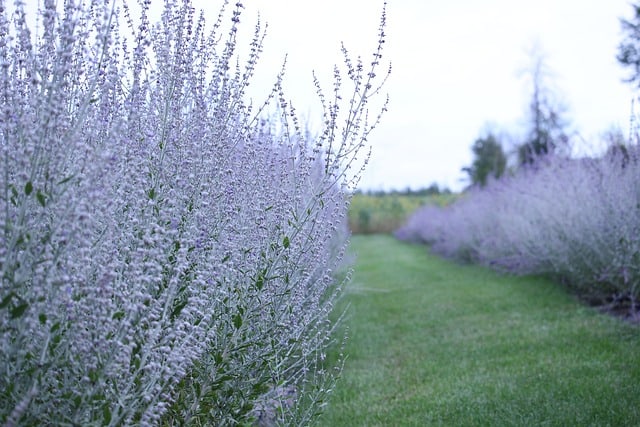
Russian sage is perfect for hot, dry areas, offering a beautiful presence in gardens. Plant in May for vibrant blooms that attract pollinators.
Care Tips: They require minimal watering once established but enjoy full sun exposure. Prune back in late winter to support healthy foliage in spring.
Bulbs To Plant
Gladiolus

May is an ideal time to plant gladiolus bulbs in well-drained soil. The height and elegance of these flowers make them perfect for borders and arrangements.
Care Tips: Water thoroughly during germination, and stake taller varieties for support. Gladiolus blooms in midsummer—regular deadheading promotes renewed blooms throughout the season.
Dahlia
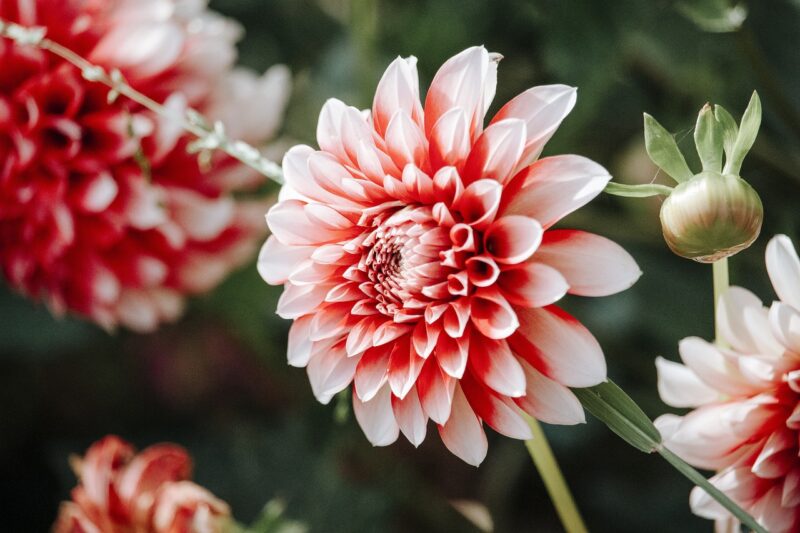
Dahlia bulbs thrive in the warmer temperatures of May. They prefer rich, well-drained soil and full sunlight to yield robust blooms.
Care Tips: Regular watering is essential until plants are established. Fertilizing in spring supports growth, while deadheading encourages a more extended blooming period.
Cannas
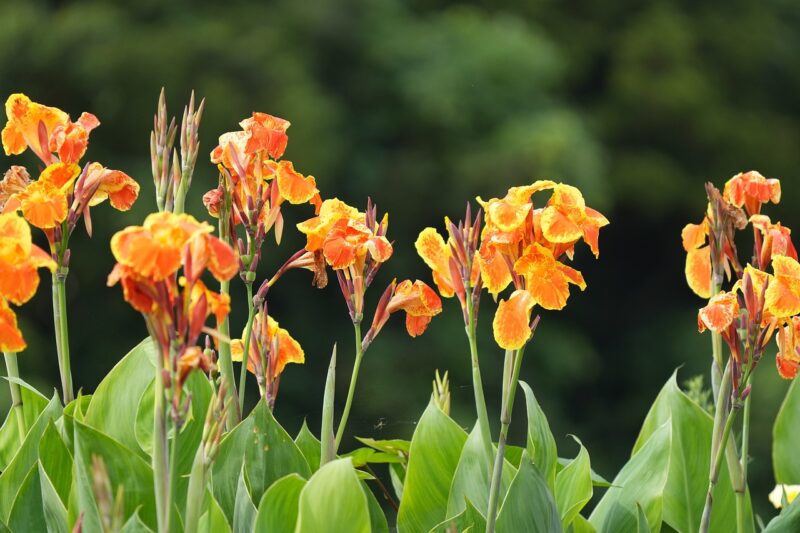
Cannas thrive in warm climates, with May being an excellent time to plant these vibrant flowers. They prefer full sun and moist soil, making them suitable for poolsides or water gardens.
Care Tips: Regular watering is crucial during their growth stage. If planted in clay soils, ensure they have a proper drainage system. Cut back spent blooms to encourage new growth.
Caladiums

For colorful foliage, caladiums are a fantastic choice in May. Plant them in well-drained soil with partial to full shade for the best results.
Care Tips: Regular watering is essential, particularly during dry spells. Monitor for aphids, which can damage their delicate leaves. Caladiums typically thrive in USDA zones 9-10.
Amaryllis
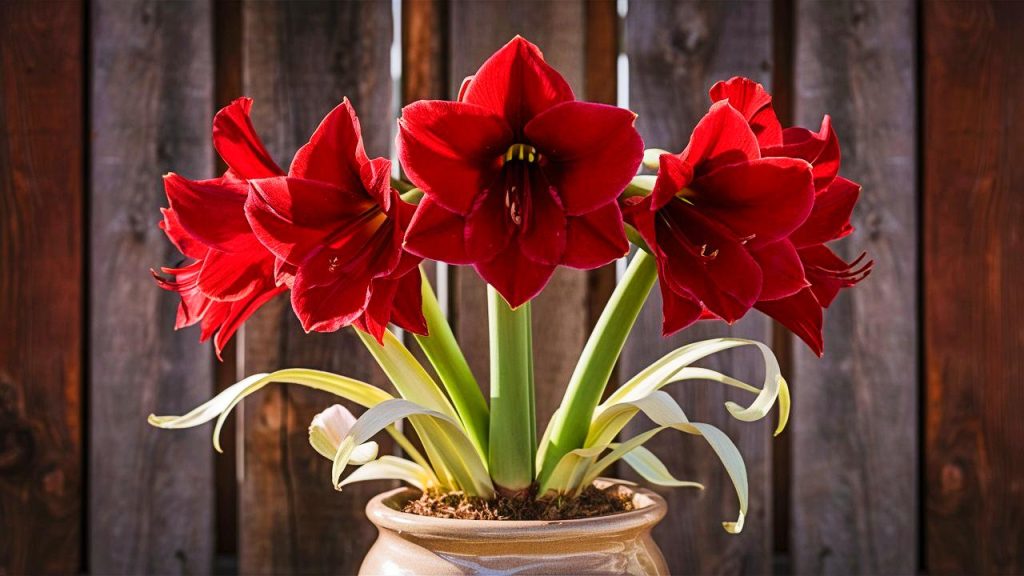
Amaryllis bulbs can be planted in southern Texas gardens in May as perennials. They flourish in well-draining soil, preferring sunny locations to produce stunning blooms.
Care Tips: Encourage flowering by watering regularly, particularly when in bloom. After flowering, allow foliage to die back and store energy for next growth cycles.
Iris
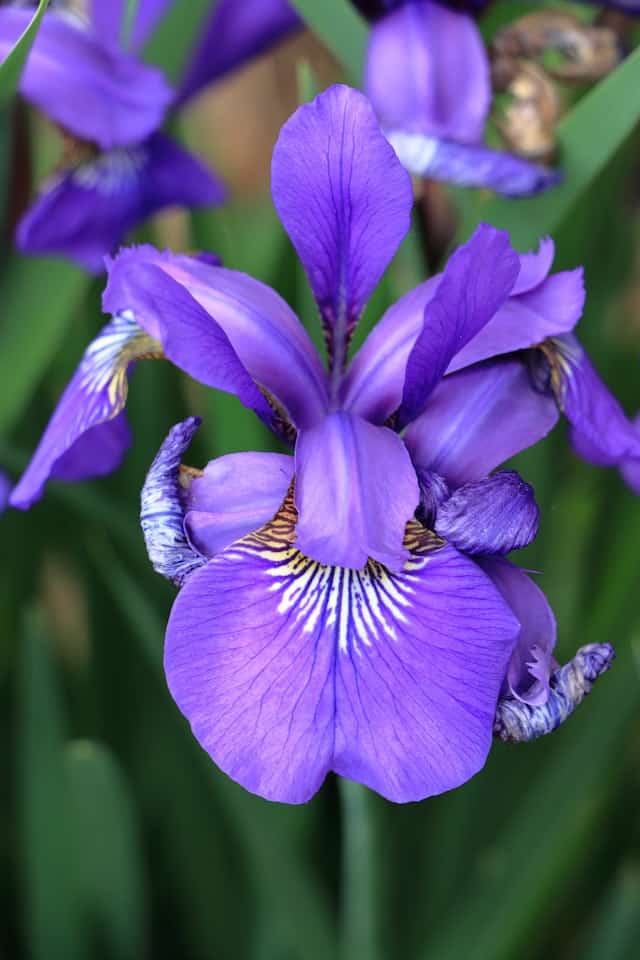
Bearded iris thrives in full sun and well-drained soil. Planting in May encourages blooming later in the summer.
Care Tips: Irises prefer consistent moisture but can endure drought once established. Regularly check for pests that may inhibit growth, and dividing every few years helps maintain health.
Freesia
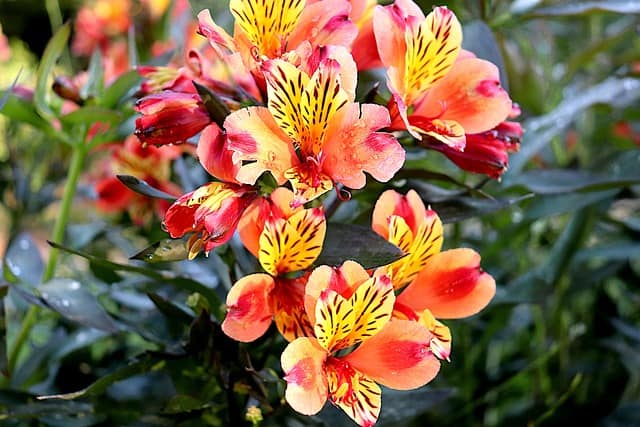
Freesia provides fragrant blooms during the warmer months. Planting in May produces lovely flowers in well-drained soil with full sun exposure.
Care Tips: These bulbs require regular watering during their growing phase. Monitor for rust, a common issue among freesias, and ensure proper spacing for adequate airflow.
Tuberous Begonias
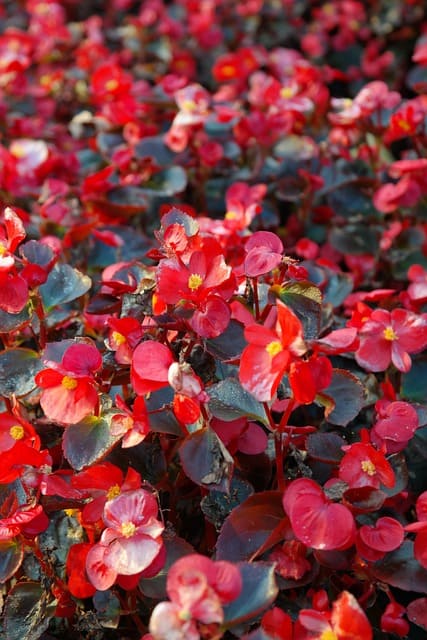
Begonias are ideal for planting in shady areas of your garden in May. They thrive in well-drained soil, providing a stunning show in summer months.
Care Tips: Ensure consistent moisture and avoid letting the soil dry out. Regular deadheading encourages flowering and enhances overall health.
Crocosmia
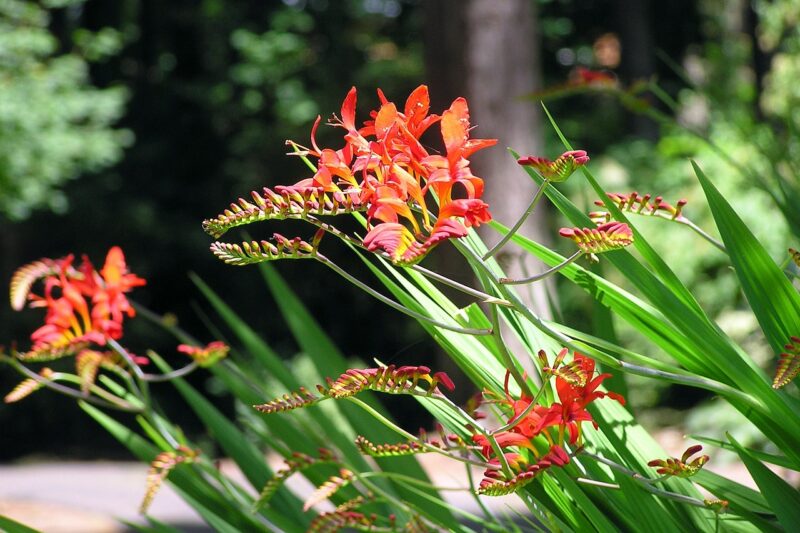
Crocosmia bulbs can be planted in well-drained soil in sunny areas. These vibrant flowers readily attract pollinators and provide a splash of color.
Care Tips: Ensure they are regularly watered during dry periods, but avoid waterlogging. Crocosmia can also tolerate some drought conditions once established.
Calla Lily
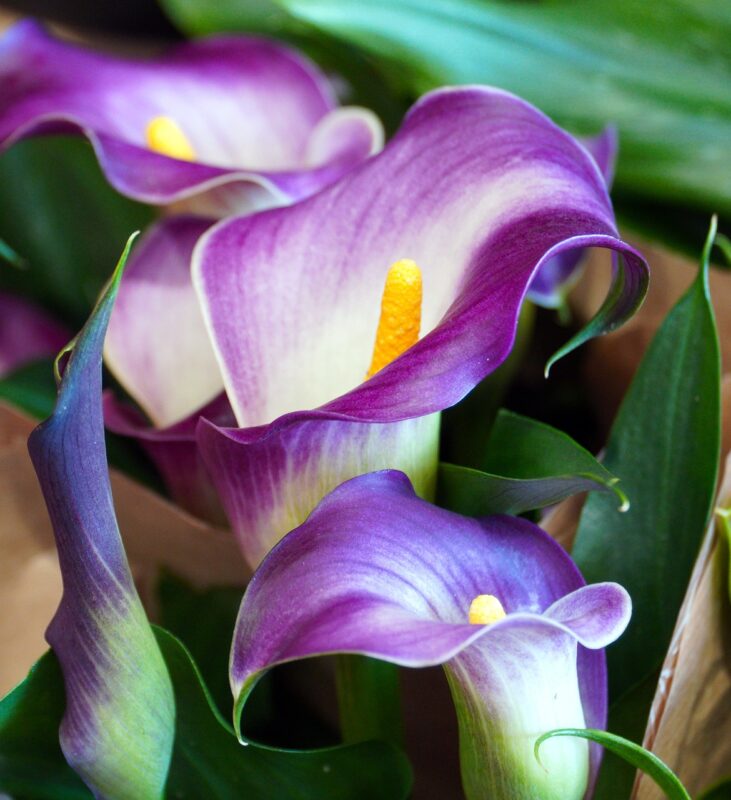
Calla lilies, though often seen as potted indoor plants, can thrive outdoors in southern Texas. Plant in well-drained soil, ideally in partial shade for optimal results.
Care Tips: Regular watering is vital, particularly during their flowering period. After blooming, maintain moisture in the soil to support bulb development for the next season.
Annual Flowers To Plant
Vinca

Vinca is an excellent choice for sunny gardens, providing colorful blooms in zones 9-10 during May. They thrive in well-drained, sandy soils, making their care relatively easy.
Care Tips: Water regularly, particularly as they establish themselves. Vinca is resilient, but spacing allows for better air circulation to prevent fungal diseases.
Petunias

Petunias are vibrant annuals that flourish in May. They thrive in well-drained soil under full sun conditions, producing lavish blooms throughout summer.
Care Tips: Check regularly for wilting blooms and deadhead them to promote continued flowering. A light fertilization every few weeks can support blooming potential.
Snapdragons
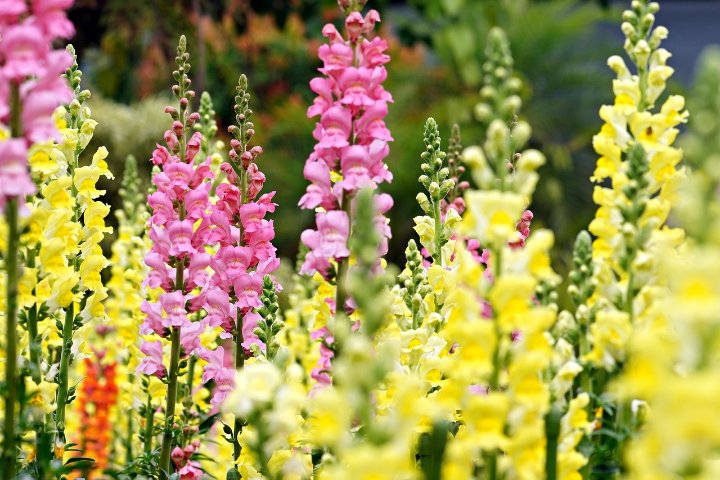
Snapdragons can be established in May, providing a colorful addition to your garden that blooms through summer into fall. They love well-drained soil with adequate sunlight.
Care Tips: Regular watering helps prevent drooping, especially during flowering. Prevent mildew by spacing them properly and ensuring air circulation around the plants.
Cosmos

Cosmos produces effortless beauty with minimal maintenance. Planting in May allows for a summer display, thriving in well-drained soil and sunny locations.
Care Tips: Regular deadheading encourages blooms and prevents seeding. Cosmos are generally hardy but can struggle without adequate water during dry spells.
Alyssum
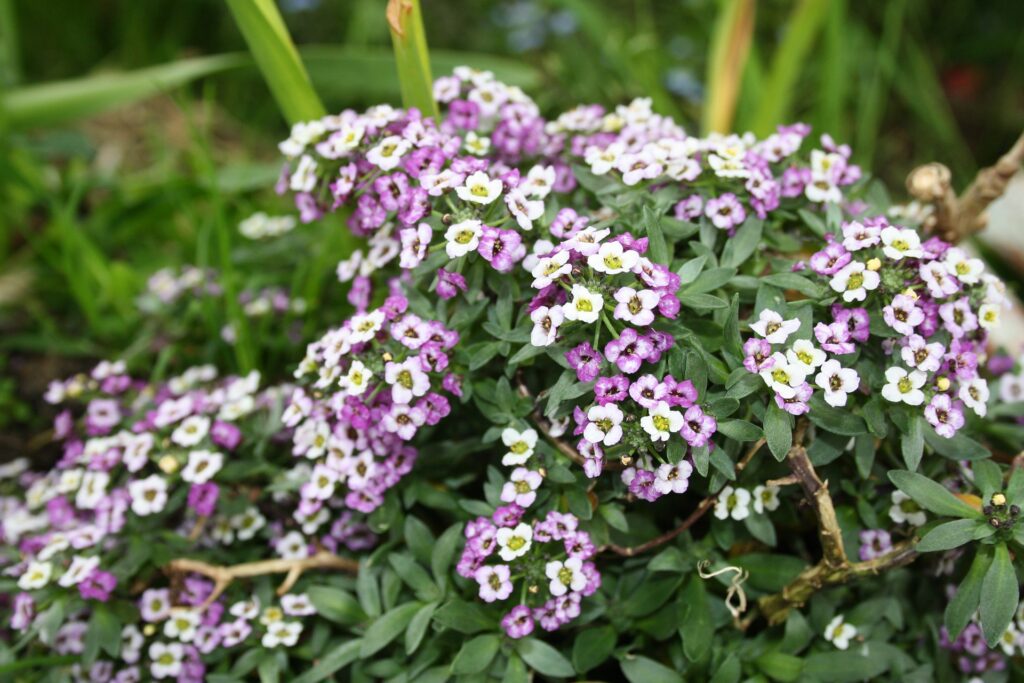
Alyssum plants are compact with sweet fragrances and can be planted in May. They prefer well-drained soil with good sun exposure, thriving in warm weather.
Care Tips: Keep soil consistently moist for the best blooms, and deadheading spent flowers will ensure a long blooming season. Avoid waterlogging, as they thrive better in well-drained areas.
Celosia
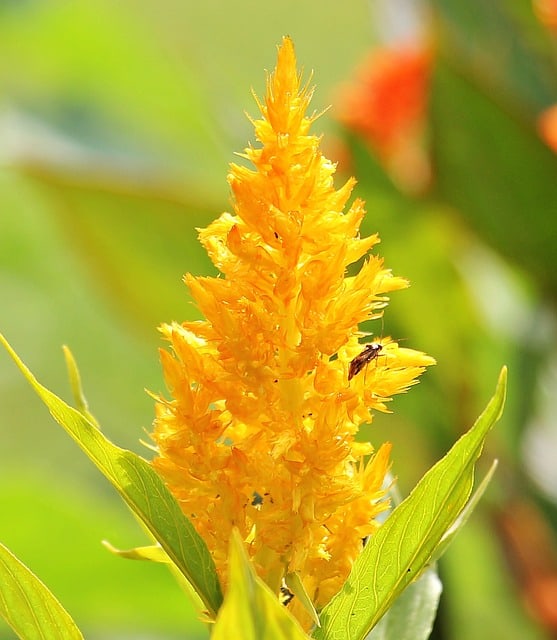
Celosia can add a unique flair to gardens in May and prefers sunny spots with well-drained soil. They are heat-resistant and thrive even in poor soils.
Care Tips: Regular watering is essential until they fully establish. Gardeners should monitor for pests such as aphids and spider mites, which can affect the plants during hotter months.
Nigella

Nigella, or love-in-a-mist, is easy to grow and offers delicate blooms in May. They prefer well-drained soils under sunny conditions.
Care Tips: Regularly water during dry periods but avoid overwatering as they are sensitive to boggy soils. Allowing plants to self-seed will provide a joyful surprise in future blooms!
Scaevola
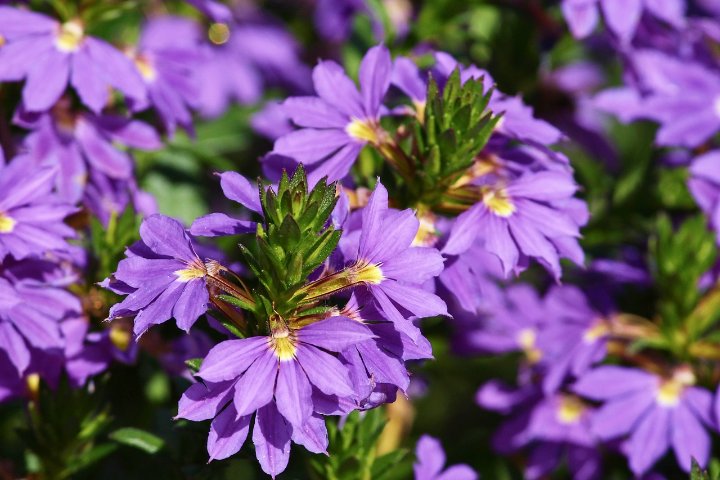
Scaevola thrives in hot conditions; they love full sun and well-drained soils. This annual is ideal for Texas landscapes.
Care Tips: Regular watering is needed when young, but established plants do best on minimal water. Check for bloom production regularly and fertilize every few weeks to enhance flowering.
Zinnia
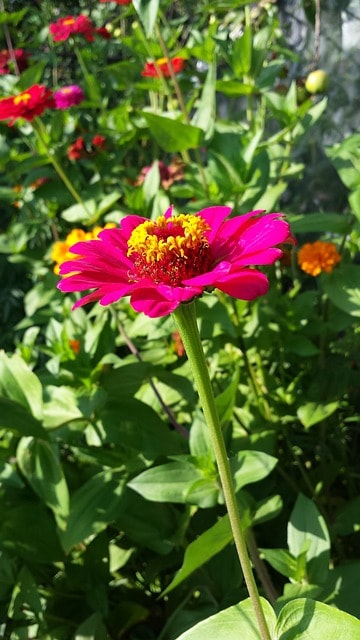
Zinnias are a relative favorite and can thrive in the late spring and summer heat. Plant in full sun and well-drained soil to enjoy continued blooms.
Care Tips: Deadheading encourages new blooms and higher flowering rates. Zinnias can attract pests like aphids, so weekly checks are essential for keeping them healthy.
Fruits to Plant
Watermelon
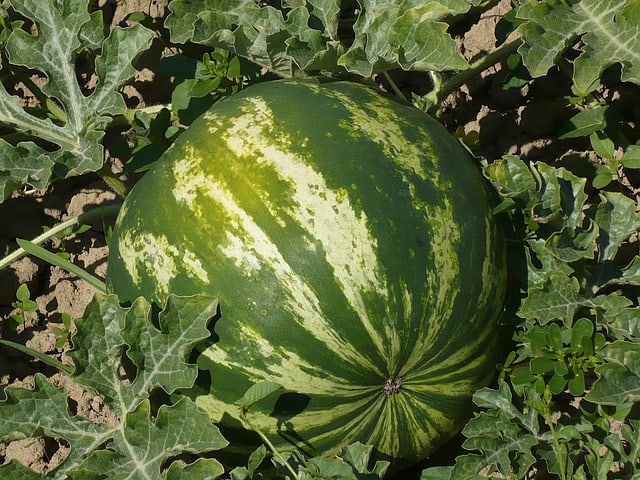
When planting watermelon, select a sunny location with well-drained sandy loam. As one of the quintessential summer fruits, they flourish in warm conditions.
Care Tips: Watermelons need ample moisture in the initial growing stages but switch to less frequent watering as they mature to prevent waterlogged fruit. Soil must be nutrient-rich, so consider adding compost before planting.
Cantaloupe
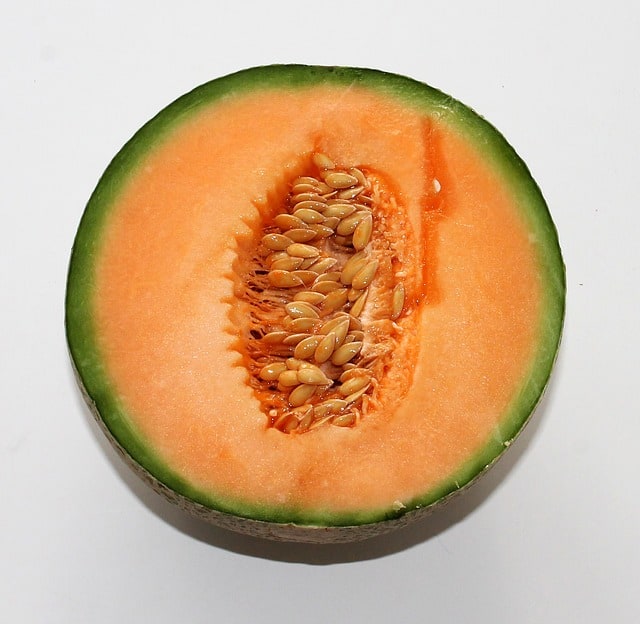
Cantaloupe loves similar conditions to watermelons—sunny, warm soil that drains well. Avoid excessive frost to ensure sweet, juicy melons.
Care Tips: Regular water during flowering and fruiting ensures sweetness. Cantaloupe also benefits from hand pollination, so don’t hesitate to introduce bees or pollinator-attracting plants nearby.
Strawberries
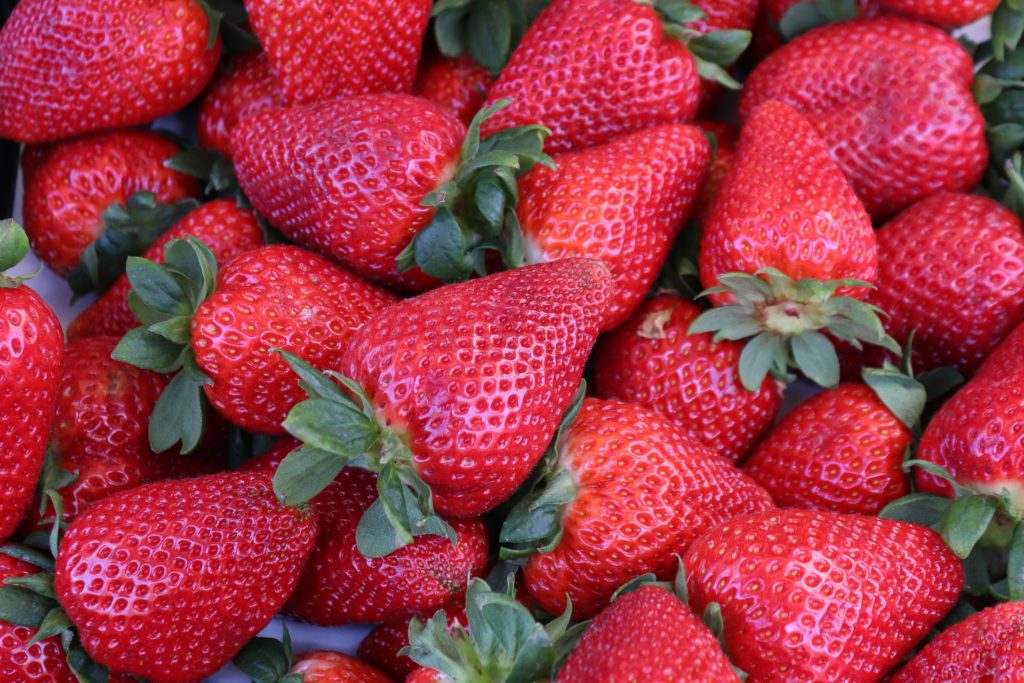
May is a favorable month to plant strawberries in Texas for a bountiful harvest later in the year. Choose a sunny location with well-drained soil, and avoid low-lying spots that collect water.
Care Tips: Water regularly during dry spells; mulch protects plants while retaining moisture. Fertilize strawberries to encourage larger fruits and prevent pests via companion planting.
Blackberries
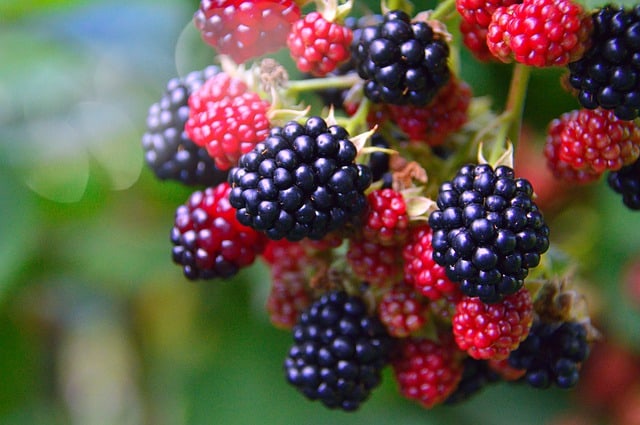
Blackberries prefer sandy, well-drained soil and should be planted in full sun for maximum fruit production. Utilize trellising for upright growth.
Care Tips: Keep the soil consistently moist and fertilize with a balanced mix to encourage fruit growth. Protect the plants from pests but avoid excessive overhead watering to prevent wilting.
Blueberries
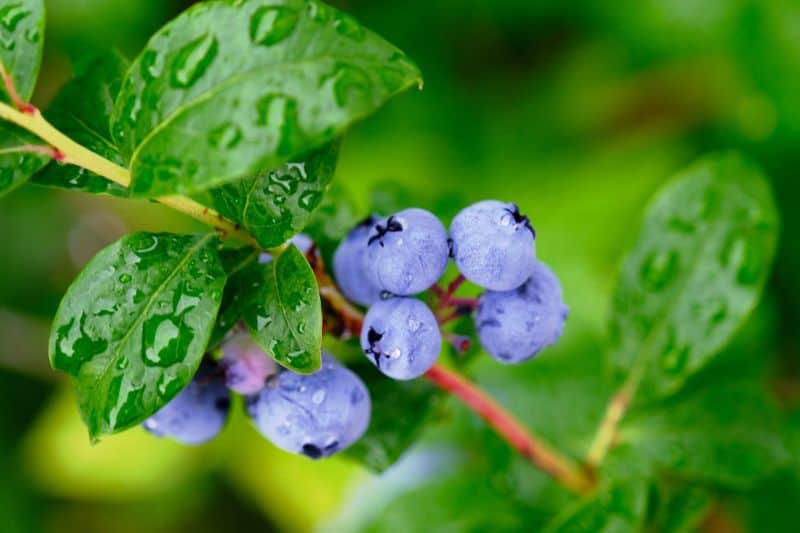
Blueberries flourish best in acidic soil with pH levels between 4.5 and 5.5. Plant them in well-drained areas with partial shade during extreme heat.
Care Tips: Consistent watering is crucial, especially during berry development. Consider using mulch to retain moisture and keep roots cool.
Peaches
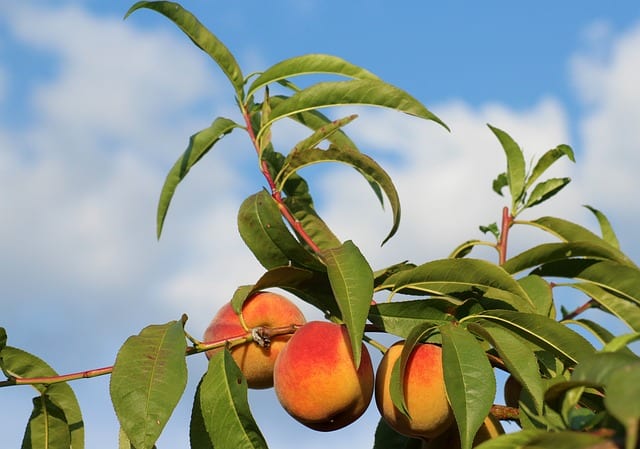
May is an excellent time to plant peach trees in southern Texas. They favor well-drained, sandy loam soils with full sunlight exposure for optimal growth.
Care Tips: Water deeply and regularly during dry spells; young trees need consistent care. Fertilize only after the first year to avoid root burn. Monitor fruit for pests, particularly during early summer.
Figs
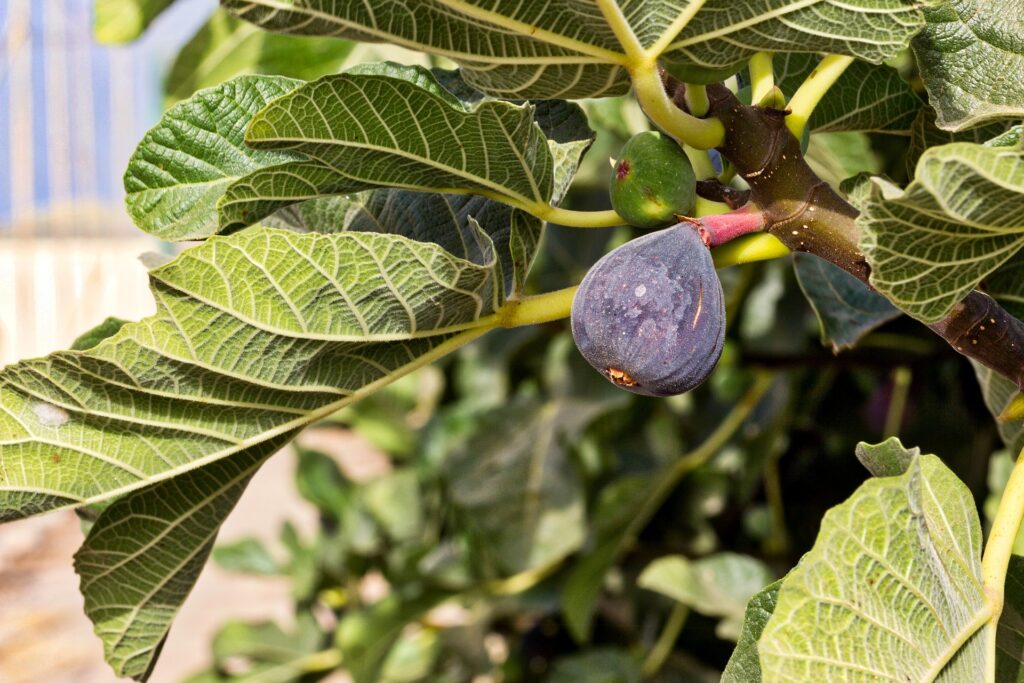
Figs thrive in hot climates and benefit from well-drained soils and full sunlight. Planting in May allows the tree to establish before the peak heat.
Care Tips: Initially, trees require moisture; however, figs are drought-tolerant once established. Prevent root rot through proper drainage and pruning to keep trees healthy and productive.
Grapes
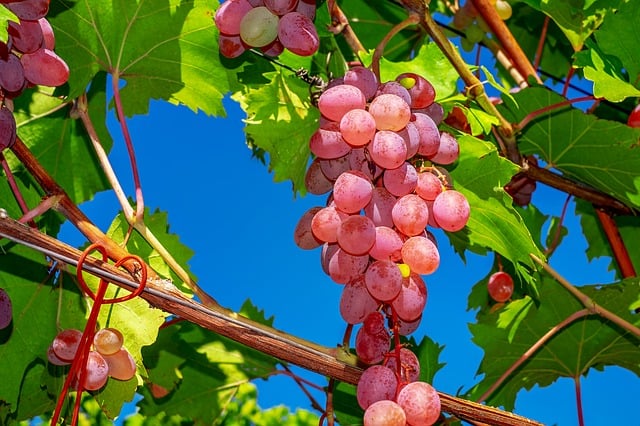
Grape vines enjoy sunny locations with well-drained soil. Planting in May ensures vines are robust before extreme summer temperatures set in.
Care Tips: Install trellises for support and regulate watering to maintain consistent moisture and prevent splitting of grapes. Fertilize during the growing season to enhance berry development.
Persimmons
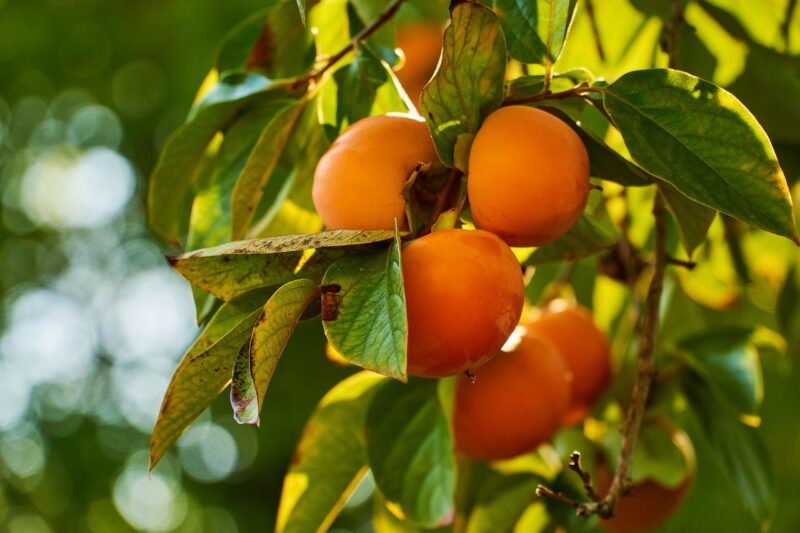
Persimmon trees thrive in sunny locations and do well in well-drained soils. Planting in late May ensures they have room for vigorous growth.
Care Tips: These trees require regular watering until established; thereafter, they are tolerant of drought conditions. Prune periodically to maintain shape and encourage fruit production.
Avocados

Avocado trees perform well in warm climates, thriving in well-drained soils. May planting allows young trees to develop before Texas’ summer heat settles in.
Care Tips: Avoid planting in areas prone to frost. Water regularly, particularly in the establishment and fruit setting phases. Monitor for pests and inadequate moisture, which can inhibit growth.
Herbs To Plant
Basil
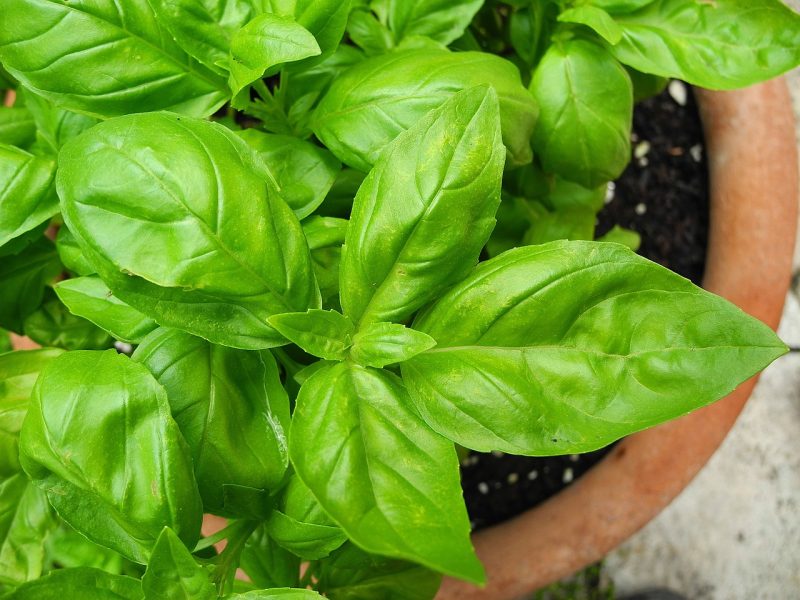
Basil is an aromatic herb widely used in cooking that thrives warm conditions. Plant in well-drained, nutrient-rich soil in sunny locations during May.
Care Tips: Keep soil consistently moist and ensure good air circulation to discourage diseases. Regularly harvest leaves to promote bushy growth. Consider companion planting with tomatoes.
Thyme
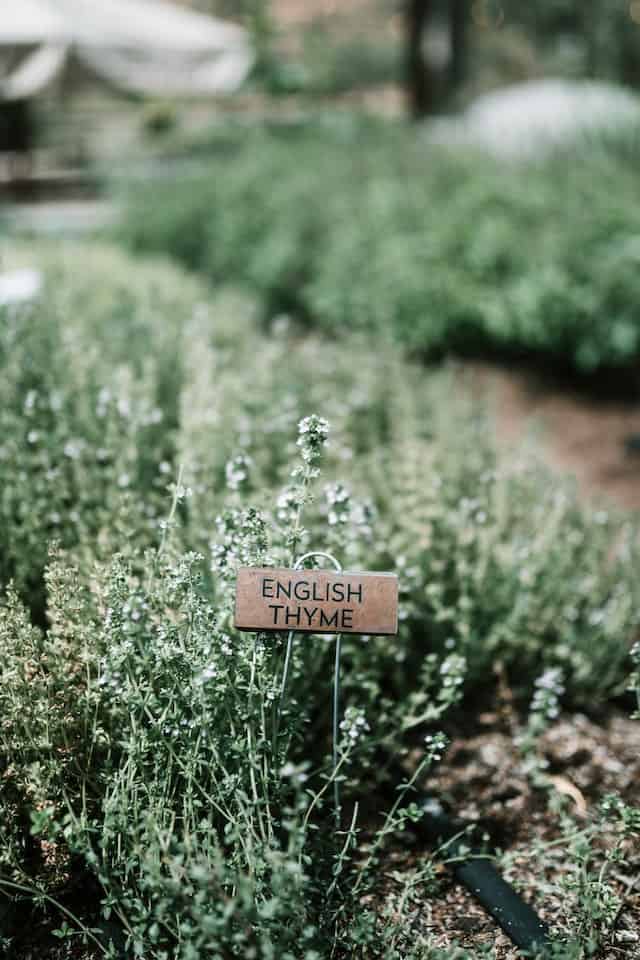
Thyme is a hardy herb that prefers sunny, well-drained areas. Sowing in May yields vibrant growth, beneficial for culinary use.
Care Tips: Regularly prune to prevent woody growth and promote bushier habits. Thyme tolerates drought; minimal watering once established helps maintain flavor concentration.
Oregano
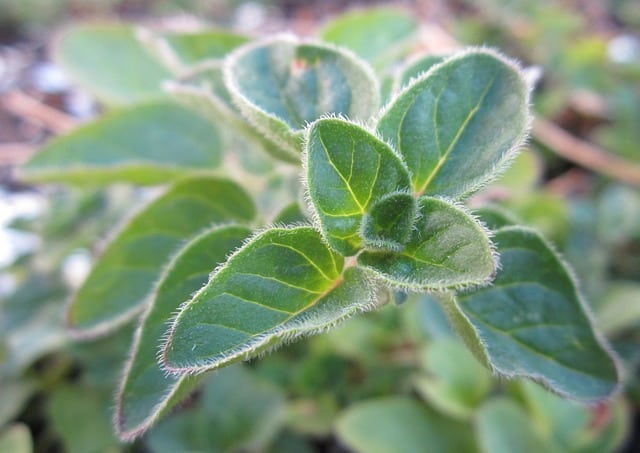
Oregano flourishes in heat and well-drained soils, making it suitable for late spring planting. Regular harvesting enhances leaf production.
Care Tips: These herbs benefit from minimal watering once rooted. Consider inter-planting with tomatoes for natural pest resistance, as they thrive well together.
Rosemary
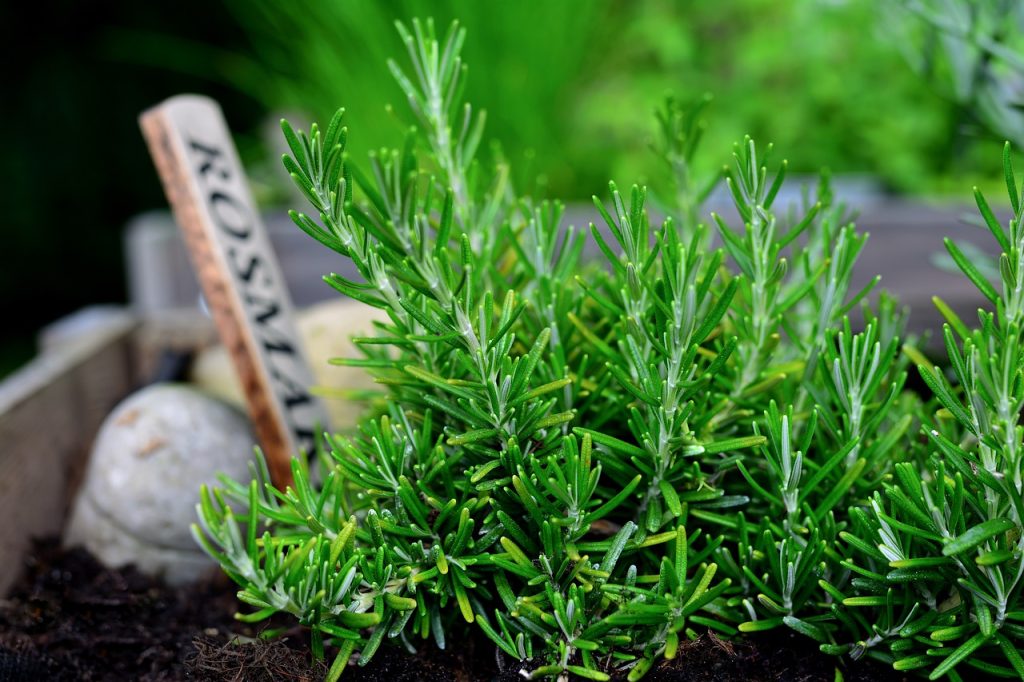
Rosemary is perfect for Texas climates, preferring full sun and well-drained soils. Planting in May allows it to establish before hot summer temperatures.
Care Tips: Water consistently in the beginning stages; once established, rosemary requires little moisture. Trim back regularly for shape and to prolong health.
Cilantro
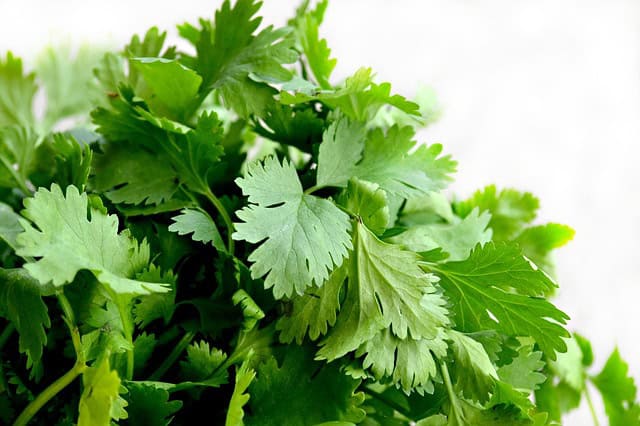
Cilantro grows best in cool soils but can be sown in May for a mid-summer crop. Plant in well-drained, rich soil for optimal performance.
Care Tips: Provide partial shade in the hottest months, as it can quickly bolt. Regularly water for consistent yields, and harvest leaves frequently to avoid over-seeding.
Chives
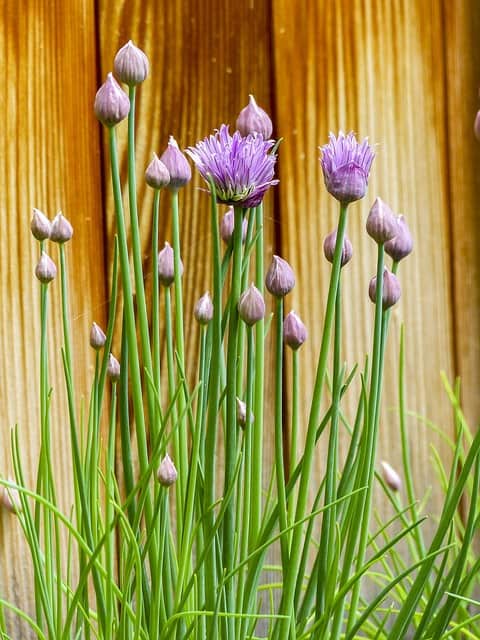
Chives are perennial herbs that flourish in well-drained soils under full sunlight. May planting can yield healthy growth for summer culinary use.
Care Tips: Regular watering supports healthy growth. Harvest chives carefully to encourage continued growth. They easily grow in clumps, allowing for division if your plants start to overcrowd.
Dill
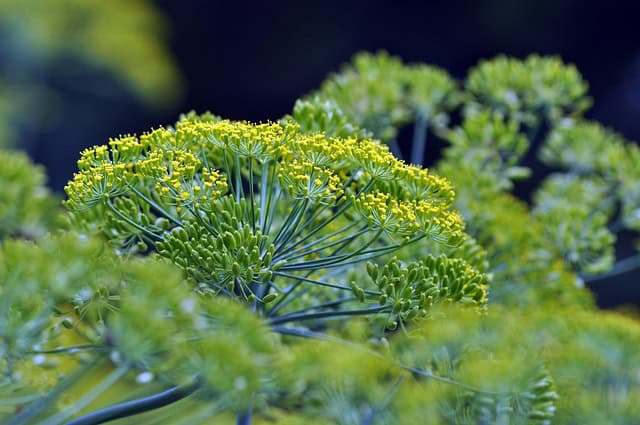
Dill prefers sunny locations but can be sensitive to excess heat. Planting in May helps ensure it grows before the heat peaks.
Care Tips: Water regularly to maintain moisture, and it does best in moderately rich soils. Be vigilant for aphids that can affect the herb’s health.
Mint
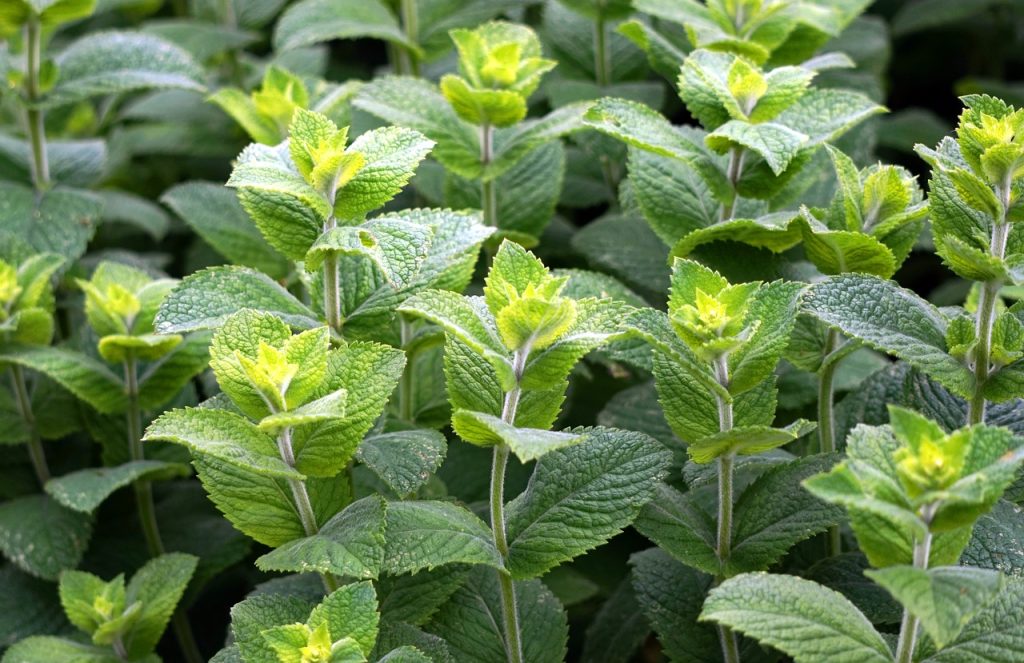
Mint loves moisture and a bit of shade; thus, planting in May allows for robust summer growth. Be cautious, as it can overtake spaces.
Care Tips: Consider planting in containers to control growth. Regular watering helps it thrive, but avoid waterlogging, as mint can get root rot in overly saturated soils.
Fennel
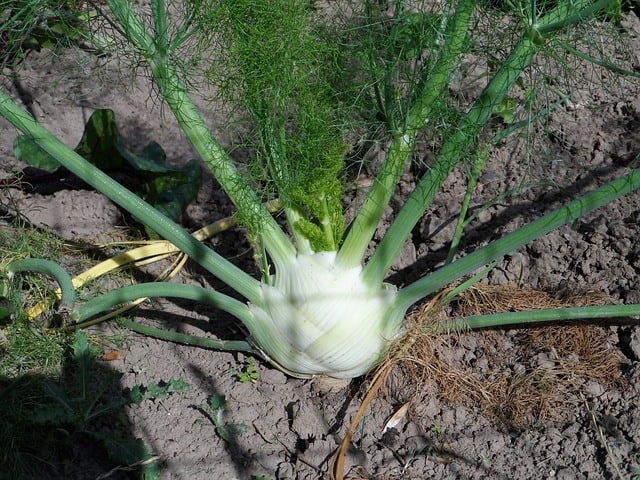
Fennel is a unique herb used in cooking; it fares well in sunny areas with rich, well-drained soils. May is optimal for planting.
Care Tips: Regular watering maintains moisture during dry spells. Space plants adequately to allow for growth, as they can get large foliage.
Native Landscape Plants To Plant
Blackfoot Daisy
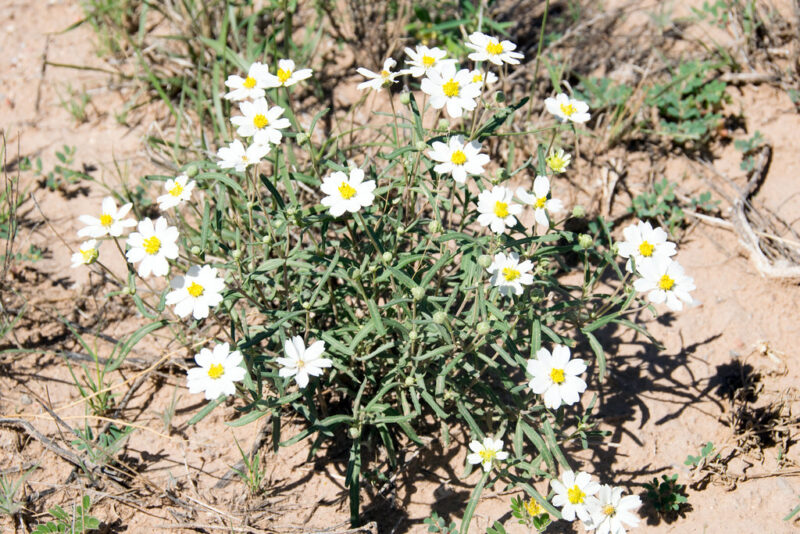
Blackfoot daisy is hardy for Texas landscapes. They thrive in well-drained soils and full sun, proving ideal for low-water use gardens.
Care Tips: Minimal water is needed once established, making them perfect for drought conditions. Regular light pruning maintains shape and encourages new growth.
Bluebonnet
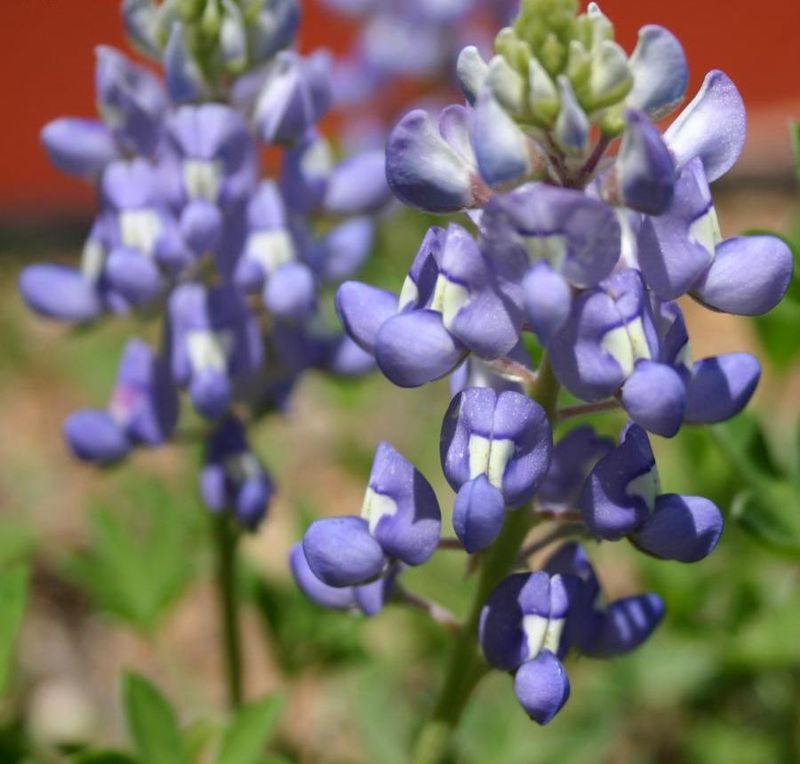
Considered the state flower of Texas, bluebonnets thrive in sunny, well-drained soil. May planting can yield stunning blooms in the warmer months.
Care Tips: These wildflowers can tolerate drought conditions once established. Allowing seeds to self-seed will help maintain vibrant colors in future years.
Indian Paintbrush
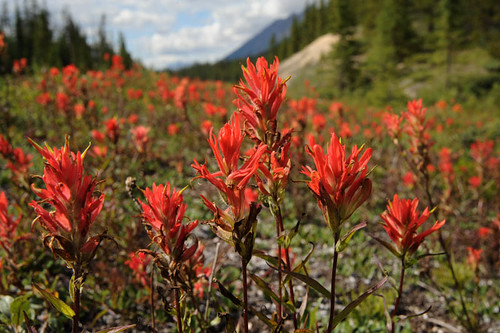
Indian paintbrush can be planted in late spring alongside bluebonnets for maximum visual impact. They prefer sunny areas in well-drained soils.
Care Tips: They will flower for a limited time and will naturally reseed, bringing future blooms. Do not overwater, as they handle drought well.
Texas Sage
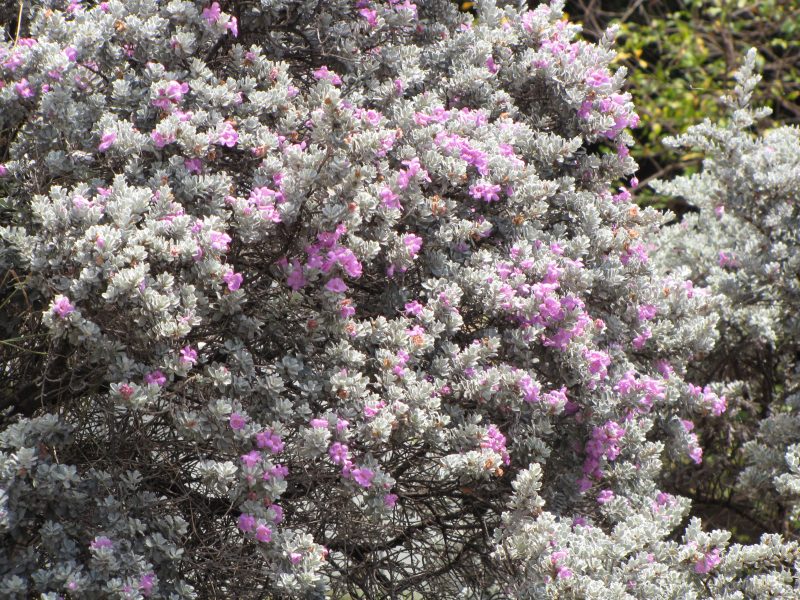
Texas sage is drought-tolerant and establishes well in the dry conditions. Planting in May ensures these perennials have time to settle in.
Care Tips: Regular watering helps establish roots, but once settled, they prefer minimal moisture. Prune to encourage bushier growth and blooms while maintaining a tidy appearance.
Red Yucca
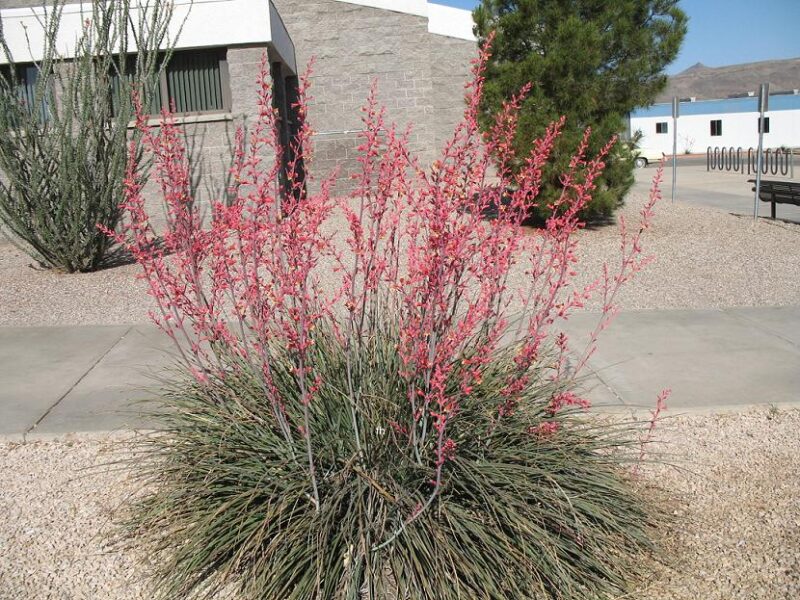
Red yucca thrives in sunny spots and can handle dry conditions exceptionally. Plant these resilient perennials in well-drained sandy soils.
Care Tips: Multi-season blooms attract hummingbirds, requiring little maintenance once established. Water deeply when planting but ease back to bi-weekly once roots become established.
Mexican Feather Grass
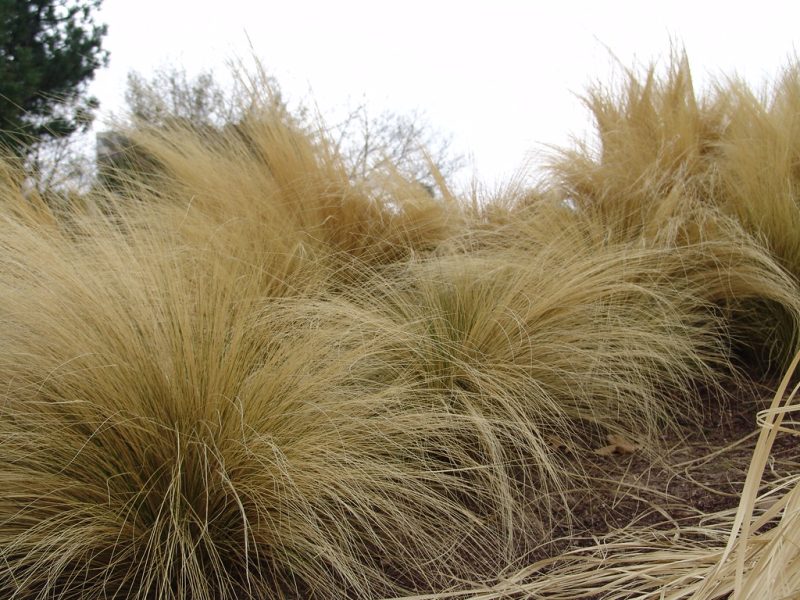
This ornamental grass suits all soil types and offers stunning movement in landscapes. It may be planted in May in sunny areas.
Care Tips: Once established, Mexican feather grass is drought-resistant. Regular pruning in early spring keeps them healthy and promotes lush growth.
Autumn Sage
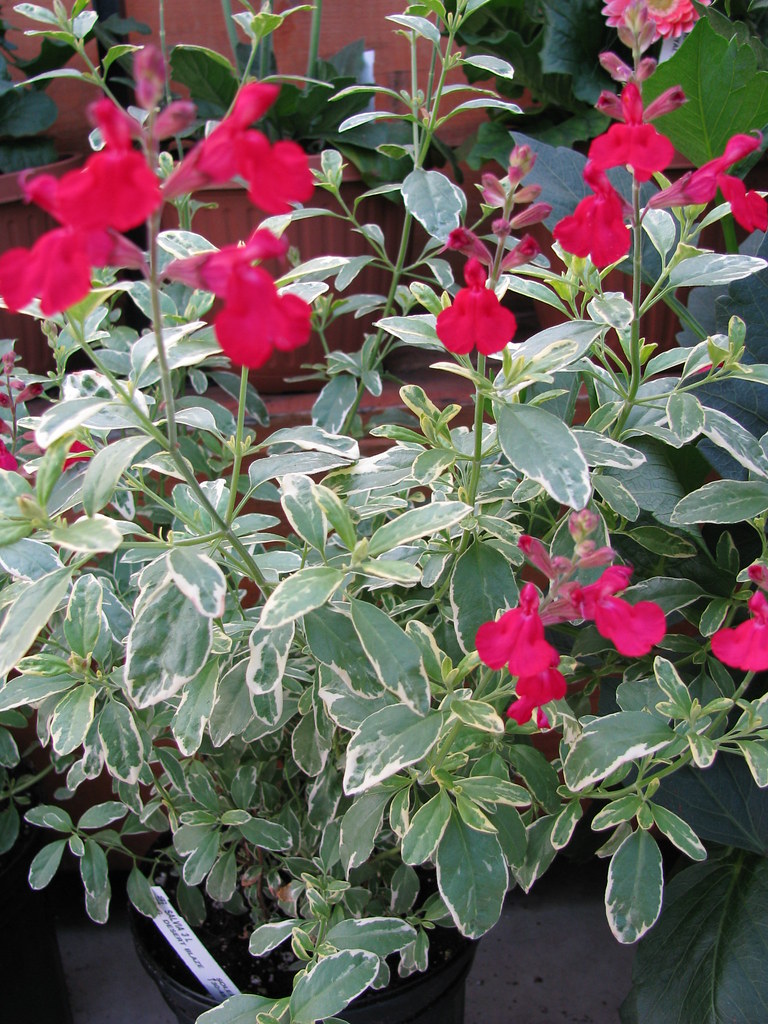
Autumn sage brightly blooms in the cooler months. Plant these perennials in May in well-drained soils and sunny areas.
Care Tips: Water regularly until established; they thrive on minimal moisture once mature. Monitor for pests, particularly in higher humidity conditions.
Lantana
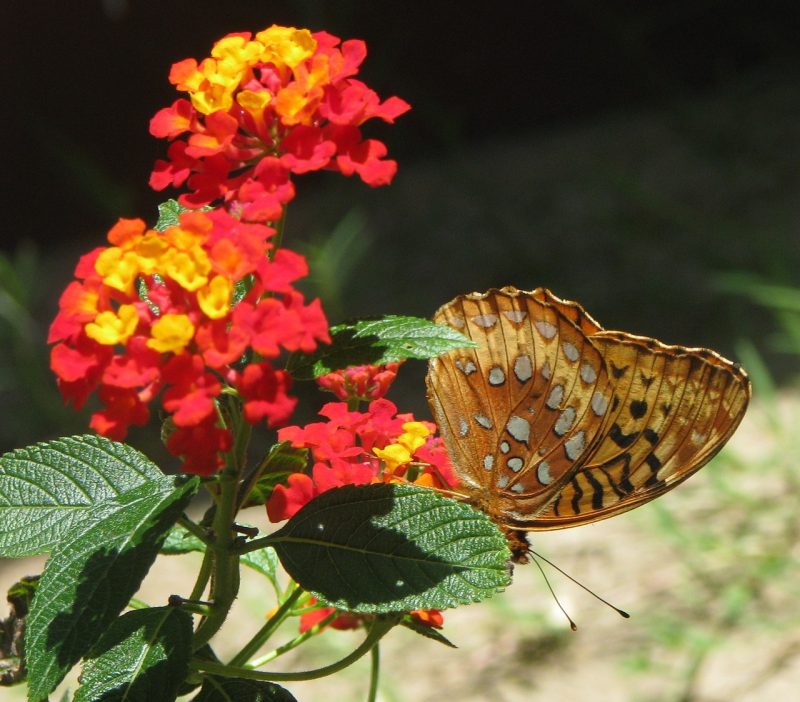
Lantana produces stunning bursts of color in sunny areas and is perfect for late spring planting. They thrive in poor soils and are extremely drought-tolerant.
Care Tips: Lantana are low-maintenance, but regular watering during establishment ensures robust growth. They can spread easily, so monitor their location and avoid invasive spreading in smaller gardens.





